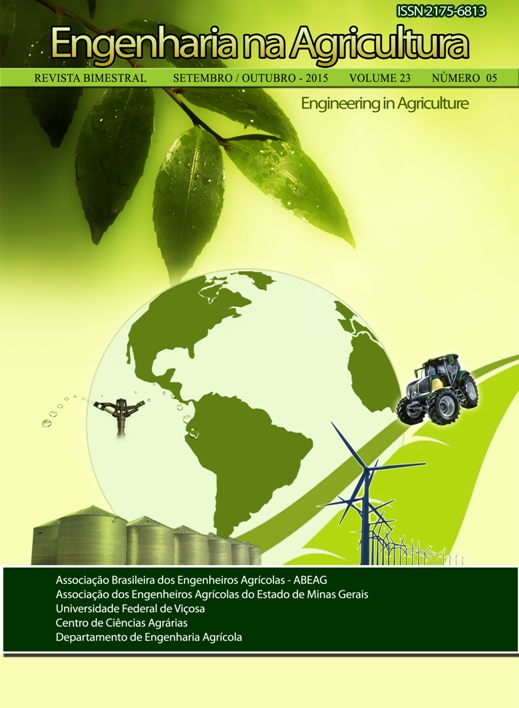BIOLOGICAL ATTRIBUTES OF SOIL IN INTEGRATED CROP-LIVESTOCK-FOREST SYSTEMS IN THE AMAZON REGION - DOI: 10.13083/1414-3984/reveng.v23n5p448-456
DOI:
https://doi.org/10.13083/reveng.v23i5.534Keywords:
Agrossilvipastoril, iLPF, Sistemas integrados, FlorestaisAbstract
The biological properties of soil are important indicators for monitoring environmental changes in soil resulting from agricultural use. The objective of this study was to evaluate the biological attributes of soil in an integrated crop–livestock–forest (iLPF) area. The study was conducted in an iLPF reference technology unit (RTU) planted on 20 acres of the Gamada farm in Nova Canaã do Norte MT, Brazil. According to the specific combination of forest species planted, different uses were designated. The species planted included Pinho cuiabano (Schizolobium amazonicum), Pau-balsa (Ochroma pyramidale), Teak (Tectona grandis), and Eucalyptus (Eucalyptus urograndis). They were planted in triple lines, interspersed with lanes 20 feet wide designed for agricultural and livestock activities. We also analyzed the soils under native vegetation and a pasture utilized in a conventional agricultural system, both located in an area adjacent to RTU and having the same type of soil (Typic dystrophic). The experimental design was completely randomized in a factorial arrangement (6 × 2), with six use types, two local ratings (rows between forest and grassland range), and three replications. The following characteristics were analyzed: basal respiration of the soil, organic carbon, and organic matter content. Native vegetation soil had the highest amount of soil basal respiration, 2.54 mg C–CO2. 2,54 mg de C-CO2 per kg the soil per hour Among the uses in the iLPF systems, the soil characteristics of the Pau-balsa rows forest yielded the best results.Downloads
Downloads
Published
How to Cite
Issue
Section
License
Authors who publish with this journal agree to the following terms:
The author(s) authorize(s) the publication of the text in the journal;
The author(s) ensure(s) that the contribution is original and unpublished and that it is not in the process of evaluation by another journal;
The journal is not responsible for the views, ideas and concepts presented in articles, and these are the sole responsibility of the author(s);
The publishers reserve the right to make textual adjustments and adapt texts to meet with publication standards.
From submission, the author is fully conceding the paper's patrimonial rights to the publication, but retaining the owner of its moral rights (authorship and paper's identification) according to Creative Commons Attribution-Noncommercial.








 Licensed by
Licensed by 